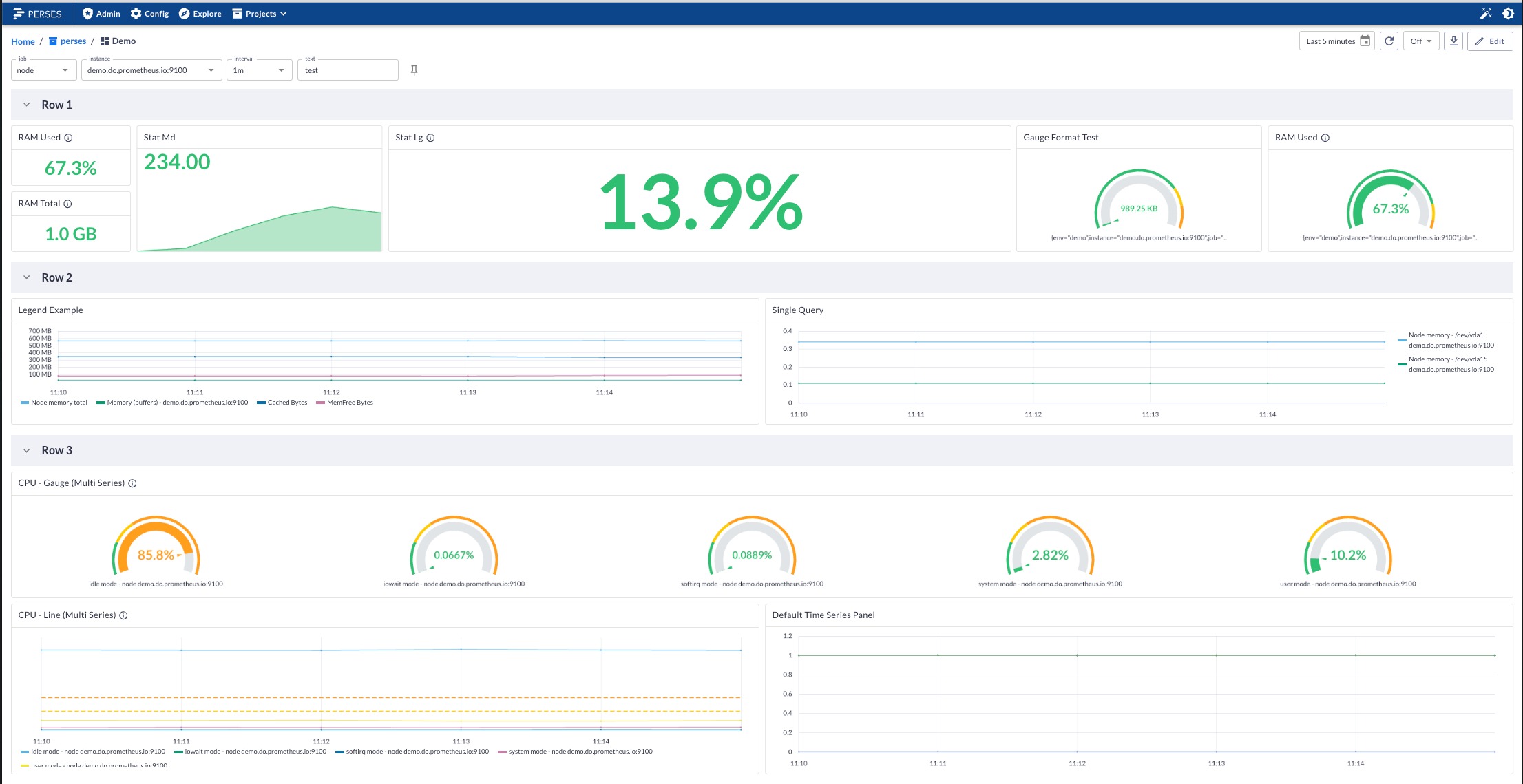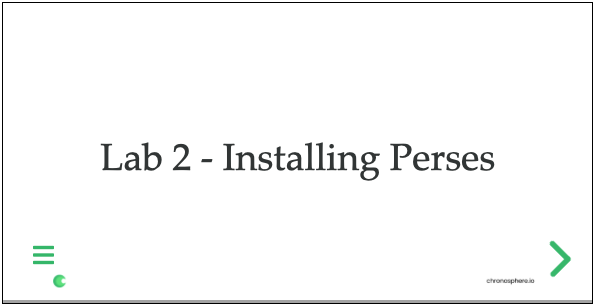Again in December of 2022, I began a sequence taking you on a excursion of the Perses assignment. Those articles lined this somewhat new open dashboard and visualization assignment focused on cloud-native environments. I used a getting began workshop (connected under) to lead you via this sequence and to supply a hands-on enjoy for the ones new to visualizing observability knowledge.

Being a developer from my early days in IT, it is been very attention-grabbing to discover the complexities of cloud-native observability (o11y). Tracking packages is going approach past simply writing and deploying code, particularly within the cloud-native international. Something stays the similar: keeping up your company’s structure all the time calls for each a vigilant outlook and an working out of to be had open requirements.
Now that it is nearly a 12 months since my remaining dive into Perses, let’s revisit this workshop and discover the newest unencumber. Should you attempted the primary iteration of this workshop present in this repository tag, you can take into account that it used to be numerous diving into JSON. This time round, the UI has been flushed out in order that most of the duties you want to design initiatives, dashboards, knowledge resources, and extra are a easily guided enjoy.
Let’s examine what is new, we could?
As promised, on this article, I’m going to kick off an up to date advent to the background of Perses as lined in my workshop lab sooner than diving into the true hands-on with the assignment.
You’ll be able to in finding the loose workshop right here on-line:

The Origins of Perses
Perses is the primary assignment beneath the CoreDash group umbrella, which is a part of the Linux Basis. It is a centralized effort to outline a normal for visualisation and dashboards. Perses is approved beneath the Apache License 2.0, which is a huge distinction from the new adjustments to what was the default dashboard assignment sooner than they opted to modify to Affero Basic Public License (AGPL) v3. This modification manner customers who observe any amendment need to proportion them again into the assignment: a little bit extra restrictive than maximum customers need.
Its major objective is turning into an exploration into discovering an open-source same old for visualisation and dashboards for metrics tracking. Its first code devote used to be made on Jan 26, 2022, and because then has been moderately energetic. There are transparent assignment targets:
- Turn into an open same old dashboard visualization device
- Supply embeddable charts and dashboards in any consumer interface
- Goal Kubernetes (k8s) local mode
- Supply whole static validation for CI/CD pipelines
- Structure supporting long run plugins
There are plans to post this assignment quickly to the CNCF as a sandbox assignment, so keep tuned.
Take a look at a better advent on this loose on-line workshop lab 1:

Subsequent, we will be able to take a look at set up choices for this assignment.
Putting in Perses
There are two choices for putting in Perses in your native gadget. One, you’ll construct the supply code assignment and run it in the community, however there are a couple of device dependencies that you want to satisfy first to try this. 2nd, if the bar is just too top to construct the assignment from its supply, you’ll set up and run Perses from a container symbol.
I have put in combination a easy supporting assignment that you’ll use known as the “Perses Simple Set up” assignment. This assignment incorporates a easy set up script that permits you to select both a container set up the use of Podman, or to construct the assignment from its supply code. Each strategies come with sanity exams for the dependencies in your gadget sooner than permitting you to put in the assignment.
Set up in a Container (Podman)
Within the workshop, I stroll you during the easy steps to release Perses from the project-provided symbol. You’ll be able to do that the use of both Docker or Podman, however Podman is featured in the rest of the workshop.
This step is adopted via an set up the use of the assignment discussed above, making sure the similar steps you have been simply proven are captured in one computerized script. Additionally integrated is the set up of a pre-configured workshop demo assignment to get began with for the next labs. You’ll run this Perses container on a digital gadget offered via Podman.
Must haves: Podman 4.x+ together with your Podman gadget began
- Obtain and unzip this demo
- Run
init.shwith the proper argument:
$ ./init.sh podman
The Perses container symbol is now working and pre-loaded with demo examples, attach to your browser (http://localhost:8080). For an set up from the supply, the next procedure is wanted.
Set up on Your Native Gadget
That is an set up from the supply code of the Perses assignment. You’ll take a look at, construct, and deploy the Perses server in the community in your gadget.
Must haves: Pass model 1.18+, NodeJS model 16+, npm model 8+
- Obtain and unzip this demo
- Run
init.shwith the proper argument:
$ ./init.sh supply
Perses is now working, connect with the Perses dashboards to your browser (http://localhost:8080).
For step by step directions on learn how to set up Perses the use of a container symbol or from the supply code within the assignment itself, see this loose on-line workshop lab 2:

Extra to Come
Subsequent up, I’m going to proceed running with you during the Perses assignment with extra workshop fabrics to proportion. Keep tuned for extra insights into an actual sensible enjoy as my cloud local o11y adventure continues.